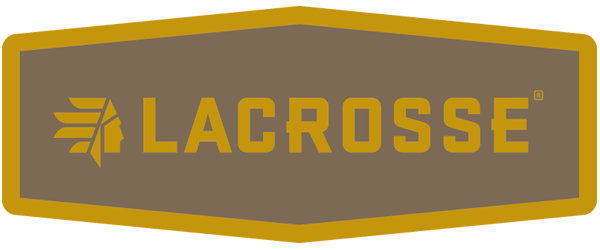 If you’re like me, your still out in the deer woods. All the pre-season scouting, stand placements, food plots planted, shooting lanes cut and dreams of tagging that 170” buck you had on trail-cams have faded. Not gone away but faded. Well…lucky for all of us it’s time for the Pre-Rut Bucks to kick in! Unlike the start of the season when we are all honed in on the early season patterns of those bachelor groups, or that one big buck, it’s now time to change tactics. I have two words for everyone…Think Doe’s!!!
If you’re like me, your still out in the deer woods. All the pre-season scouting, stand placements, food plots planted, shooting lanes cut and dreams of tagging that 170” buck you had on trail-cams have faded. Not gone away but faded. Well…lucky for all of us it’s time for the Pre-Rut Bucks to kick in! Unlike the start of the season when we are all honed in on the early season patterns of those bachelor groups, or that one big buck, it’s now time to change tactics. I have two words for everyone…Think Doe’s!!!
 I know that we all have areas on our hunting lands that hold does. These are areas that under most circumstances are dictated by two things, food and cover. This is also a time to stay focused when on stand, keeping vigil over those food plots that were planted earlier to bring does and fawns out in the open. I like to start by following trails just inside the perimeter of a field, approximately 30-40 yards in the normal downwind side of the field edge (if the wind is normally coming from the North or West ect this time of year). As I circle I look for rubs or scrapes to appear over-night out of nowhere along these field edges.
I know that we all have areas on our hunting lands that hold does. These are areas that under most circumstances are dictated by two things, food and cover. This is also a time to stay focused when on stand, keeping vigil over those food plots that were planted earlier to bring does and fawns out in the open. I like to start by following trails just inside the perimeter of a field, approximately 30-40 yards in the normal downwind side of the field edge (if the wind is normally coming from the North or West ect this time of year). As I circle I look for rubs or scrapes to appear over-night out of nowhere along these field edges.
A good trick is to look at the side of the tree the rub is on, this will give you a great idea of which direction that buck was traveling on that visit. If I see several rubs in a straight line leading to the field edge, I can assume this deer is traveling from a bedding area. If they are rubbed on the side of the food plot going back into the heavy cover, one can assume that deer is traveling from the field edge to a doe bedding area. You now have a plan of attach. If there are scrapes from previous years along these same basic trails, you may have found a mature buck traveling in his comfort zone. Put up a camera or if sign is impressive enough get a stand up immediately.
If there are clusters of rubs in a concentrated area back from the field edge, you may have found the Holy Grail in a staging area; an area that a buck feels safe during shooting hours before entering food plots or agricultural fields. Most often back from the field in a protected position that a buck can scan the area with both his nose and eyes. Once you locate this area do not attempt a stand hunt with the wind in the wrong direction. Other than bedding areas, this may be the most costly area to spook a deer; they may go completely nocturnal or change patterns and never be seen again.
 If you have the fortune of knowing doe group bedding areas, find a tree or blind on the downwind side of the bedding area and hold on. This is a tricky area to hunt and should only be hunted when you plan an all-day vigil. Get in early! As early as you can stand it and stay alert, bucks will cruise the downwind side of known bedding areas at all hours of the day checking for hot does. If you can, get between the bedding area and feeding area in a funnel between the two with the wind crossing/quartering main trails. This is the perfect place to try rattling and vocalizations such as doe bleats and grunting in conjunction with scent wicks and drag lines. Decoys can also be a great tool in open areas that deer can see for some distance, but we’ll save that for next time.
If you have the fortune of knowing doe group bedding areas, find a tree or blind on the downwind side of the bedding area and hold on. This is a tricky area to hunt and should only be hunted when you plan an all-day vigil. Get in early! As early as you can stand it and stay alert, bucks will cruise the downwind side of known bedding areas at all hours of the day checking for hot does. If you can, get between the bedding area and feeding area in a funnel between the two with the wind crossing/quartering main trails. This is the perfect place to try rattling and vocalizations such as doe bleats and grunting in conjunction with scent wicks and drag lines. Decoys can also be a great tool in open areas that deer can see for some distance, but we’ll save that for next time.
Good luck and get out there and stay out there. The next two weeks are the best time to be a deer hunter in the north woods.















